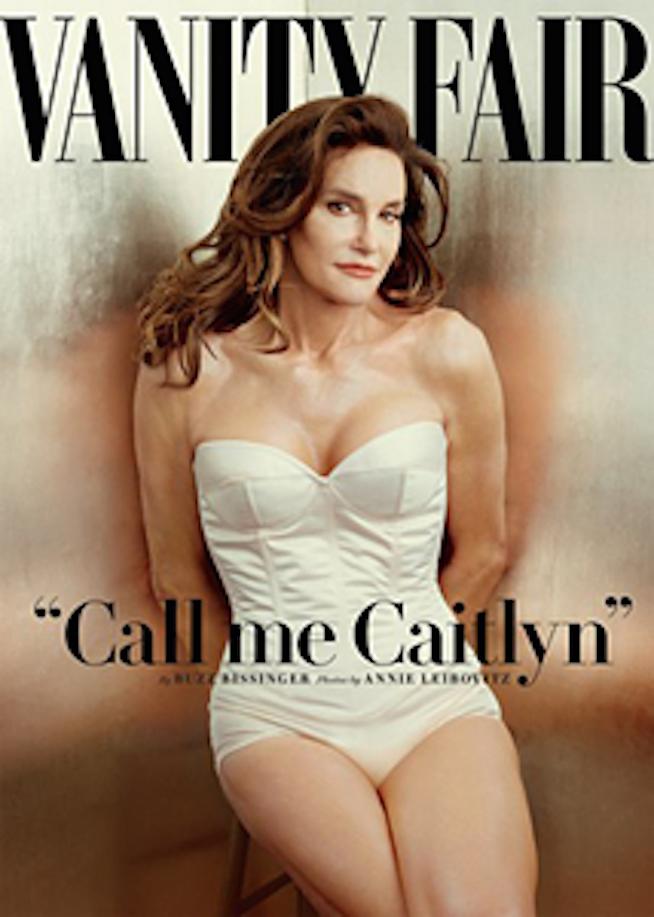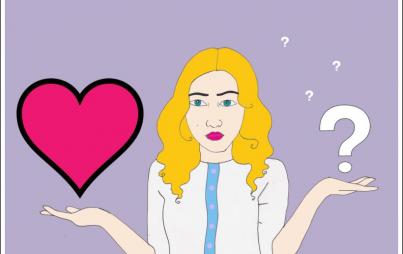
Caitlyn Jenner Vanity Fair July 2015 Issue
Time will reveal how long it takes people to realize that being transgender is not centered on a masquerade. It is about the essential question of human self-identity.
Everyone is talking about Caitlyn Jenner, including those who don’t want to talk about her. She is familiar with the paradox: when she called herself Bruce, he didn’t want to talk about her either. Now that she’s here, the value of Caitlyn is being decided. Her irony is that new symbols and assumptions have to be affixed to her now, in place of the past symbols and assumptions she’s challenging.
In order to understand the real issues surrounding Caitlyn, I thought back to a conversation with a twenty-something accountant who shall remain nameless. Nearly a foot taller than myself, he was built like a professional athlete, the very portrait of heterosexual masculinity. We were talking about gay rights in the news. We agreed that society was beyond the tipping point of having to grant equality rights to homosexuals. In addition to it being a human rights issue, the history of gay people goes so far back that it is ridiculous to assume that it is a preference made on a whim or out of transgressive delight.
Somewhere in the conversation, I advanced the somewhat more provocative claim that gender ultimately is fluid. Gender is in the eye of the beholder. At that our ability to agree abruptly halted. In fact, the entire conversation stopped right at that moment.
It is my observation that one of the major unspoken, but widely held discords that non-gays have with gays is their seeming appropriation of wrong gender values. Gay men are unanimously believed to speak with female vocal inflections. Gay women are expected to positively identify themselves through masculine clothing. I would dare to say that these are perceptions, but they are less than that. They are rumors masquerading as perception. People investigate rumors and seek proof positive of something, which they cannot verify because they are on the outside of it.
The ultimate and most neatly encompassing prejudice against gender values has, until recently, been the prohibition of gay marriage. There is a rich history of religious opposition to the idea, which merits a separate article. Additionally, religion, by being a collection of so many symbols, obscures the real issue it has with gay marriage. Its unspoken message is that gays cannot successfully raise children. Biological impossibility aside, it is believed that a father must be male, and a mother must be female. This is the most accepted convention of family life, and thus is the hardest convention to challenge, despite increasing adoptions by same-sex couples. It is also the most easy to debunk by admitting something about relationships that in any relationship, gay or straight, partners assume roles.
Relationships are repositories for weaknesses, indulgences, dominances, and trusts that extend to man or woman - gay or straight. These values shift throughout the relationship well into marriage. They are often the real truth at play more than biology or the cryptic words of dead religious founders.
All this is philosophy though, albeit an interesting glimpse of the surface issues that can be talked about in reference to the idea of transgender. The late German filmmaker, Werner Fassbinder, does a far better job of speaking to these issues in fewer words.
Fast-forward to the public debut of Caitlyn. My barometer for public reception is the reaction of folks in rural America or urban minority neighborhoods (disclosure: the author is a minority). The folks in these places do not force the airs of often-white metropolitan liberalism.
During a lunch break this week, I was sitting in a place that had a television. Wolf Blitzer was talking about the cover of Vanity Fair. Immediately, a younger black male piped up: “Let me tell you something,” he told an older black woman sitting across from him, who did not prompt him at all. “I don’t know what they’re talking about on TV, but she doesn’t look good. She looks like a man dressed up as a woman,” the young man said, to which the woman replied with a satisfied, “Mhmmm.”
The deep absurdity of the comment made me laugh. He was right. Caitlyn Jenner was a man dressed up as a woman, but only because until recently, she, herself had reluctantly identified as a woman. The initial shock of the moment something is revealed is always the thing’s most terrifying moment, because it is often the most banal. When men identify as women, they historically put on a dress. Shakespeare was familiar with this centuries ago. Drag queens walk down the Lower East Side of Manhattan on a Thursday night, today. After the commotion started to die down in front of the television, I started to dissect the moment we all had in that room. “Oh, they think she’s a drag queen,” I told myself.
It was as if I was living someone else’s bittersweet revelation that, in order to be your true self, you have to trade in symbols. If the first step in Caitlyn Jenner’s new life was being called a drag queen, then that’s what it was going to have to be. The first cowboy over the hill is always the one to receive all the arrows. Time will reveal how long it takes people to realize that being transgender is not centered on a masquerade. It is about the essential question of human self-identity. Caitlyn is asking if you, yourself, know that answer.







